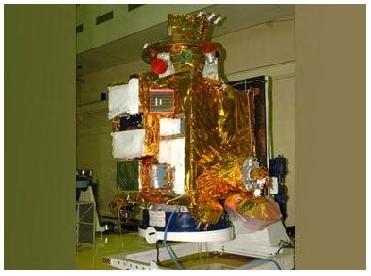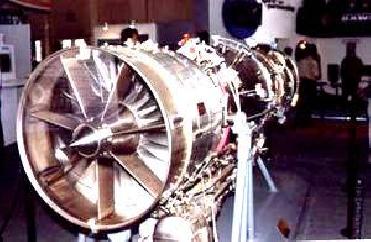
India's first unmanned lunar probe Chandrayaan - I. Courtesy: ISRO
Bangalore (PTI): It was the failure of "heart" of the lunar craft, the bus management unit that performed vital control functions, which probably led to premature end of the country's ambitious maiden moon mission -- Chandrayaan-1.
"Bus management unit is like heart of the satellite. It controls everything," an ISRO official said, adding its failure might have led to snapping of radio link with the space craft leading to its premature end.
Indian Space Research Organisation terminated the odyssey on August 30 after it failed to re-establish contact, lost the previous day, with the lunar craft.
But it has now emerged that the second (redundant) bus management unit, which ISRO was using after the first one failed within a few weeks of the mission launched on October 22 last year, stopped functioning resulting in loss of contact with the spacecraft, officials said.
ISRO has come under criticism from some quarters over late acknowledgement of setbacks in the mission. For example, the failure of the first bus management unit was made public by the space agency only in July this year, even though it took place late last year.
And on April 26, the on board star sensor used for determining the orientation of the spacecraft started malfunctioning, a snag which ISRO disclosed less than two months ago.
In May this year ISRO raised the orbit of Chandrayaan-1, which was at a height of 100 km from the lunar surface since November last year, to 200 km, saying the space craft in this higher altitude would enable further studies on orbit perturbations, gravitational field variation of the moon and also enable imaging lunar surface with a wider swath.
It was revealed later that the main objective of the orbit-raising move was because "environment (thermal and radiation) encountered by Chandrayaan-1 was more severe than anticipated by ISRO".
And also because the on board (redundant) sensors gyroscopes, pressed into service after star sensors failed, could be used from this orbit (unlike the 100 km orbit) to prolong the mission without ISRO needing to control the moon craft on a daily basis.
But, ISRO officials dismiss suggestions that the space agency was keeping setbacks under wraps, saying in space missions things of that sort are not uncommon and it can't go on giving updates when there are many instances of malfunctioning being set right in previous missions soon after they occurred.
 Previous Article
Previous Article













The Indian Air Force, in its flight trials evaluation report submitted before the Defence Ministry l..
view articleAn insight into the Medium Multi-Role Combat Aircraft competition...
view articleSky enthusiasts can now spot the International Space Station (ISS) commanded by Indian-American astr..
view article